Name The White Ship Status Wreck Installed power Square Sails | Out of service 25 November 1120 | |
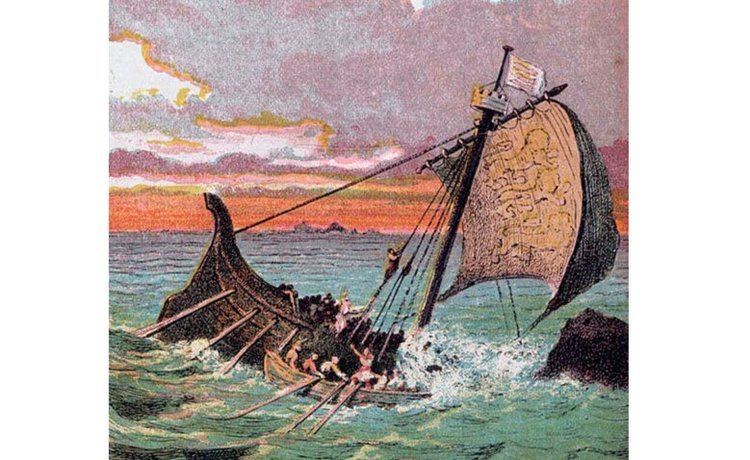 | ||
Fate Struck a submerged rock off Barfleur, Normandy | ||
White ship
The White Ship (Latin: Candida nauis, French: la Blanche-Nef) was a vessel that sank in the English Channel near the Normandy coast off Barfleur, on 25 November 1120. Only one of those aboard survived. Those who drowned included William Adelin, the only legitimate son and heir of King Henry I of England, his half-sister Matilda, and his half-brother Richard. William Adelin's death led to a succession crisis and a period of civil war in England known as the Anarchy.
Contents
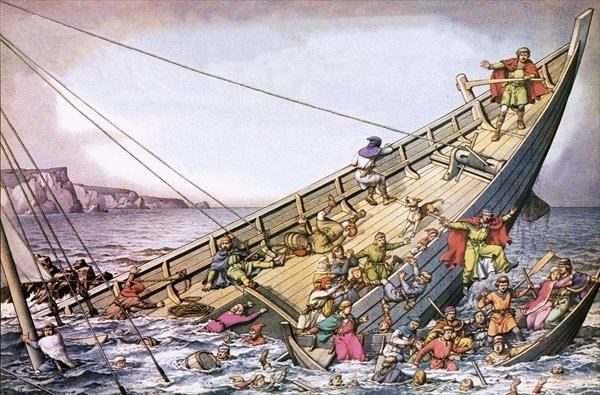
Shipwreck
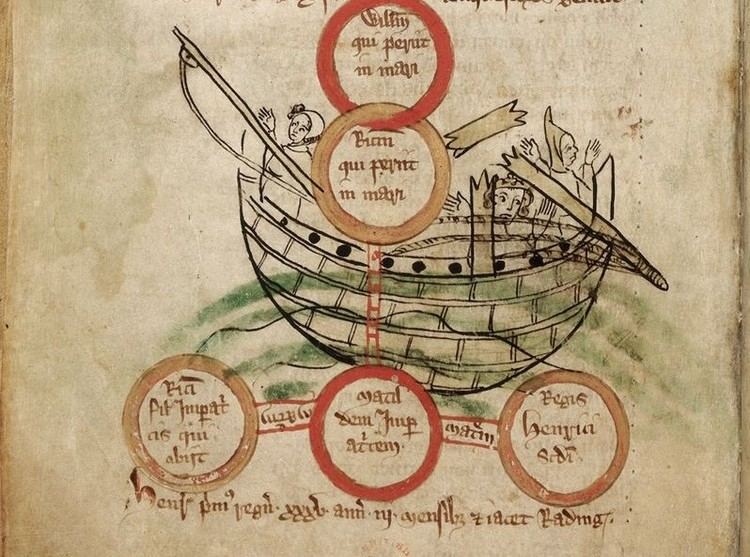
The White Ship was a newly refitted vessel captained by Thomas FitzStephen (Thomas filz Estienne), whose father Stephen FitzAirard (Estienne filz Airard) had been captain of the ship Mora for William the Conqueror when he invaded England in 1066. Thomas offered his ship to Henry I of England to use it to return to England from Barfleur in Normandy. Henry had already made other arrangements, but allowed many in his retinue to take the White Ship, including his heir, William Adelin; his illegitimate son Richard of Lincoln; his illegitimate daughter Matilda FitzRoy, Countess of Perche; and many other nobles. According to chronicler Orderic Vitalis, the crew asked William Adelin for wine and he supplied it to them in great abundance. By the time the ship was ready to leave there were about 300 people on board although some had disembarked due to the excessive drinking before the ship sailed.
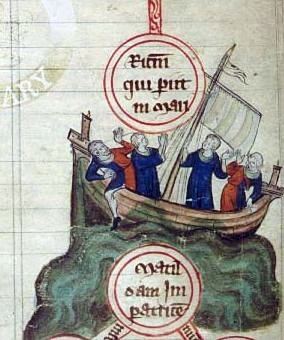
The ship's captain, Thomas FitzStephen, was ordered by the revellers to overtake the king's ship, which had already sailed. The White Ship was fast, of the best construction and had recently been fitted with new materials, which made the captain and crew confident they could reach England first. But when it set off in the dark, its port side struck a submerged rock called Quillebœuf, and the ship quickly capsized. William Adelin got into a small boat and could have escaped but turned back to try to rescue his half-sister, Matilda, when he heard her cries for help. His boat was swamped by others trying to save themselves, and William drowned along with them. According to Orderic Vitalis, only two survived by clinging to the rock that night. One was Berold (Beroldus or Berout), a butcher from Rouen; the second eventually drowned, Geoffrey, the son of Gilbert of Laigle. The chronicler further wrote that when Thomas FitzStephen came to the surface after the sinking and learned that William Adelin had not survived, he let himself drown rather than face the King.
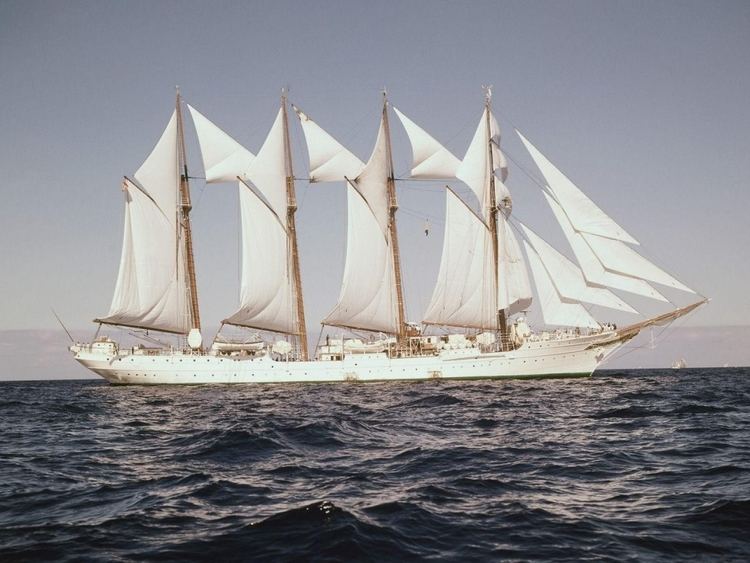
One legend holds that the ship was doomed because priests were not allowed to board it in the customary manner. For a complete list of those who did or did not travel on the White Ship, see Victims of the White Ship disaster.
Repercussions
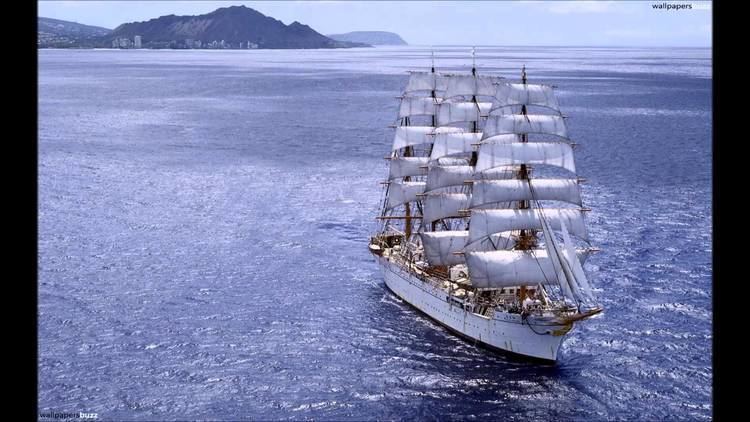
A direct result of William Adelin's death was the period known as the Anarchy. The White Ship disaster had left Henry I with only one legitimate child, a second daughter named Matilda. Although Henry I had forced his barons to swear an oath to support Matilda as his heir on several occasions, a woman had never ruled in England in her own right. Matilda was also unpopular because she was married to Geoffrey V, Count of Anjou, a traditional enemy of England's Norman nobles. Upon Henry's death in 1135, the English barons were reluctant to accept Matilda as queen Regnant.
One of Henry I's male relatives, Stephen of Blois, the king's nephew by his sister Adela, usurped Matilda as well as his older brothers William and Theobald to become king. Stephen had allegedly planned to travel on the White Ship but had disembarked just before it sailed; Orderic Vitalis attributes this to a sudden bout of diarrhoea.
After Henry I's death, Matilda and her husband Geoffrey of Anjou, the founder of the Plantagenet dynasty, launched a long and devastating war against Stephen and his allies for control of the English throne. The Anarchy dragged from 1135 to 1153 with devastating effect, especially in southern England.
Contemporary historian William of Malmesbury wrote:
No ship that ever sailed brought England such disaster, none was so well known the wide world over. There perished then with William the king's other son Richard, born to him before his accession by a woman of the country, a high-spirited youth, whose devotion had earned his father's love; Richard earl of Chester and his brother Othuel, the guardian and tutor of the king's son; the king's daughter the countess of Perche, and his niece, Theobald's sister, the countess of Chester; besides all the choicest knights and chaplains of the court, and the nobles' sons who were candidates for knighthood, for they had hastened to from all sides to join him, as I have said, expecting no small gain in reputation if they could show the king's son some sport or do him some service.
